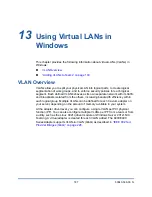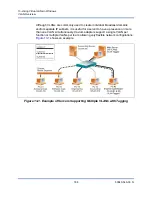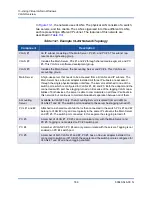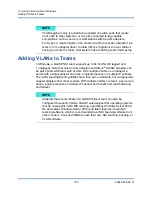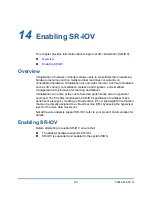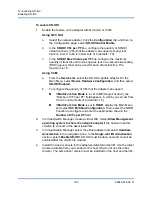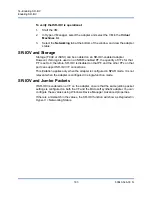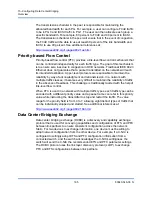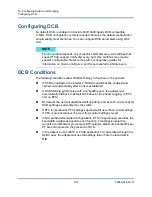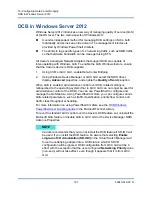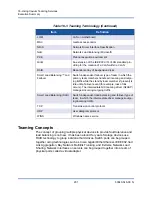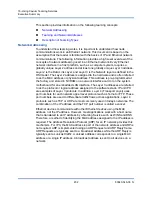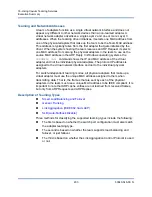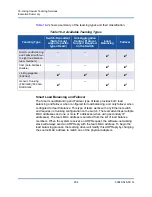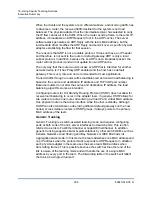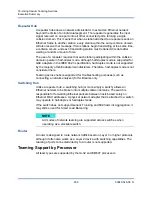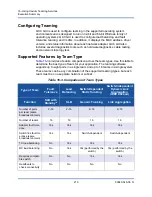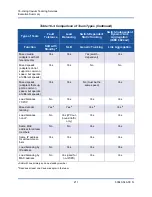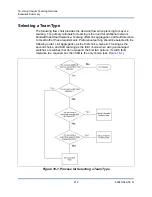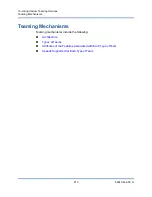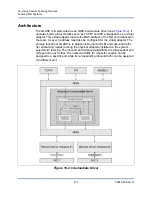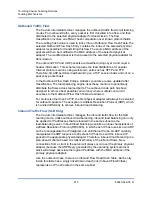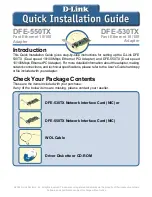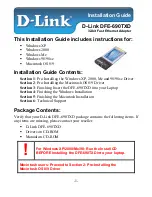
16–Using Cavium Teaming Services
Executive Summary
201
83840-546-00 N
Teaming Concepts
The concept of grouping multiple physical devices to provide fault tolerance and
load balancing is not new; it has been around for years. Storage devices use
RAID technology to group individual hard drives. Switch ports can be grouped
together using technologies such as Cisco Gigabit EtherChannel, IEEE 802.3ad
Link Aggregation, Bay Network Multilink Trunking, and Extreme Network Load
Sharing. Network interfaces on servers can be grouped together into a team of
physical ports called a virtual adapter.
LOM
LAN on motherboard
MAC
media access control
NDIS
Network Driver Interface Specification
NLB
Network Load Balancing (Microsoft)
PXE
Preboot execution environment
QinQ
An extension of the
IEEE 802.1Q
VLAN standard pro-
viding for the creation of a VLAN within a VLAN
RAID
Redundant array of inexpensive disks
Smart Load Balancing™ and
Failover
Switch-independent failover type of team in which the
primary team members handle all incoming and outgo-
ing traffic while the standby team member (if present) is
idle until a failover event (for example, loss of link
occurs). The intermediate NIC teaming driver (QLASP)
manages incoming/outgoing traffic.
Smart Load Balancing (SLB)
Switch-independent load balancing and failover type of
team, in which the intermediate driver manages outgo-
ing/incoming traffic.
TCP
Transmission control protocol
UDP
User datagram protocol
WINS
Windows name service
Table 16-1. Teaming Terminology (Continued)
Item
Definition

